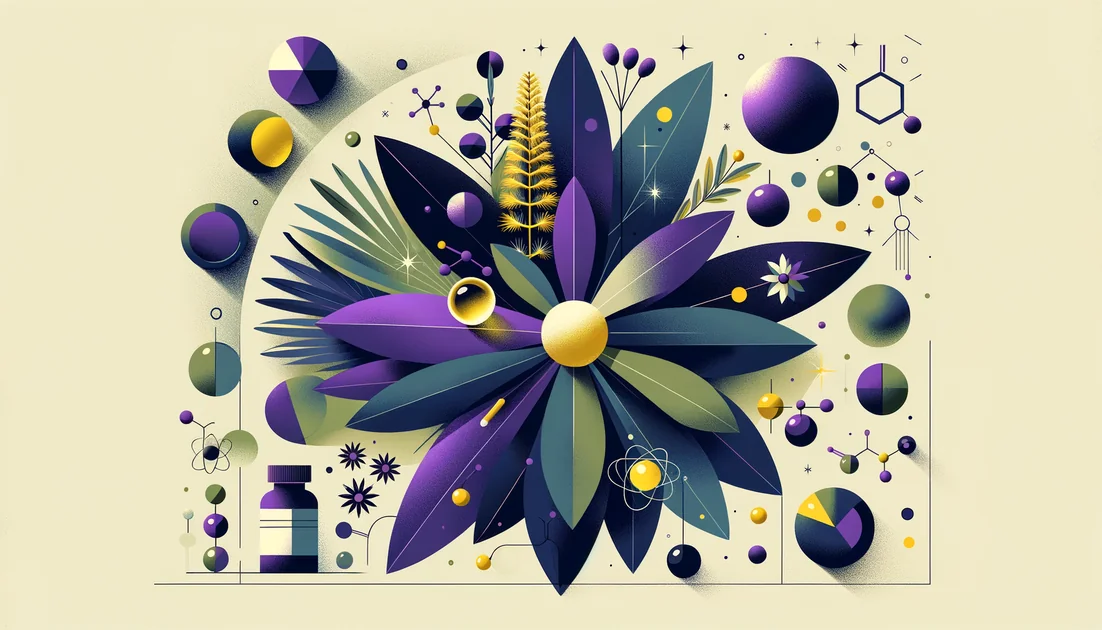
The Yellow Root Paradox: Goldenseal's Myth, Its Hidden Risks, and the Quiet Science of Synergy
You pick up a bottle promising "immune support with goldenseal," the root so yellow it stains fingertips. Here's the paradox: there's little evidence it helps colds, yet this same plant can quietly change how your prescription drugs behave—and in labs it doesn't so much kill bacteria as disarm them. [2] [3] [7]
- Evidence
- Traditional Use
- Immediate Effect
- No → Not established in humans
- Wears Off
- Likely quickly after stopping, but varies by interaction (enzyme effects can persist hours–days)
A plant that moved from dye pot to drugstore
Before it became a health-store staple, goldenseal was a woodland neighbor—an understory herb with a rhizome the color of sunlight through honey. Indigenous peoples used that vivid dye on baskets and clothing and crafted washes for inflamed eyes and skin; Eclectic physicians of the 19th century adopted it as a tonic for irritated mucous membranes. In other words, it was culture, color, and care long before it was a capsule. [1] Then popularity outran patience. As demand surged, wild patches were dug to scarcity. By 1997, regulators placed Hydrastis canadensis under CITES Appendix II, flagging it for monitored international trade. A federal notice from 1999 bluntly traced the arc: intense 19th-century harvesting, persistent pressure, and the need to rein in exports. [14]
The myth that wouldn't die
A century-old novel helped turbocharge modern sales. In 1900, pharmacist-author John Uri Lloyd published Stringtown on the Pike. A plot twist linking goldenseal to a lab test morphed—via decades of retellings—into the street belief that goldenseal can hide drug use. Evidence says otherwise: adding it to urine or swallowing it won't flip tests negative. The legend grew from fiction, not pharmacology. [15]
What the evidence actually says about "What it's good for"
Here's the hard part of the story for fans: rigorous human trials showing benefits for colds, sinus infections, or most advertised uses don't exist. The U.S. National Center for Complementary and Integrative Health (NCCIH) puts it plainly: there isn't enough evidence to support goldenseal for any health condition, and oral berberine findings don't transfer neatly to the whole plant because very little berberine is absorbed from goldenseal. [2] That doesn't make goldenseal inert. It makes it complicated.
The quiet, consequential thing goldenseal does: it changes drug levels
Goldenseal contains isoquinoline alkaloids—berberine, hydrastine, and relatives—that act like wrenches in the liver's tool kit for drug processing. The enzymes CYP3A4 and CYP2D6 are two of the body's busiest "detox workers." Human studies show goldenseal can slow both, meaning some drugs hang around longer and stronger. In healthy volunteers, two weeks of goldenseal cut CYP3A4/2D6 activity by roughly 40–50%, and boosted exposure to the sedative midazolam by about 60%—a grapefruit-like effect with a different plant. [3] One clinical probe used debrisoquine to read CYP2D6 and found about a 50% inhibition after goldenseal—an effect not seen with several other popular herbs in the same study. [4] Then came a curveball. A 2020 clinical study found that after six days of goldenseal, healthy adults had about 25% less metformin in their blood. Less, not more. The mechanism appears to be at the intestinal "gateway," where goldenseal seems to nudge the drug's uptake transporters, allowing less metformin across. [5] In mice, a goldenseal extract likewise lowered metformin exposure and inhibited several uptake transporters—supporting that gut-gate explanation. [6] When researchers tested people with type 2 diabetes in 2025, the average effect across therapeutic metformin doses landed within a "no-meaningful-interaction" range overall, though decreases of ~20% were seen at lower metformin doses. Translation: the interaction may matter most for some doses and some people. [18]
"After six days of taking goldenseal, participants had about 25 percent less metformin in their bodies," said study author James Nguyen—enough to potentially hinder glucose control for some. [10] The broader moral is simple: goldenseal can push on the body's drug-handling levers in different places—the liver that breaks drugs down and the intestinal doorways that let them in. Which lever matters depends on the medicine.
A different kind of antimicrobial story: teamwork
If goldenseal isn't an oral cure-all for infections, why did traditional topical uses persist? Modern labs offer a clue. Scientists at UNC Greensboro didn't find a lone "magic bullet." They found a team. Flavonoids in goldenseal leaves act like bouncers at a nightclub door—blocking bacterial efflux pumps that normally spit out berberine. With the pumps jammed, berberine can do its job at lower doses. Leaf and root together performed better than either alone against Staphylococcus aureus in vitro. [7] [8] In follow-up work, leaf extracts didn't just slow growth; they seemed to quiet the bacterial "group chat" (quorum sensing) that cues toxin production in MRSA, reducing damage to skin cells in the dish. That's not the same as a clinical cure, but it's a very different playbook: disarm and de-amplify. [9] As chemist Nadja Cech puts it, plant medicines often work through mixtures: "multiple compounds..target bacteria in different ways and..work together synergistically." You get a different result from an extract than from one isolated molecule. [11]
Quality and conservation: two practical realities
Because goldenseal is slow-growing and pricey, adulteration happens. Industry watchdogs have documented products cut with cheaper berberine-rich species (like Coptis or barberry). One telltale: true goldenseal has berberine plus hydrastine/hydrastinine, and lacks palmatine—chemistry that good labs can check. As ABC's Mark Blumenthal notes, a high-demand, wild-harvested herb "lends itself to potential adulteration" unless companies are vigilant. [12] [13] For buyers, that means favor cultivated sources and brands that publish identity tests or carry credible third-party certifications; for the woods, it means less pressure on what remains. The CITES listing is a reminder that wild roots are not an infinite resource. [14]
So where does this leave the health-conscious reader?
Think of goldenseal less as a universal fix and more as a strong spice in the pharmacology kitchen. It can change the flavor of other ingredients—sometimes in helpful ways in a petri dish, sometimes in risky ways in your bloodstream.
If you take medicines processed by CYP3A4/2D6 (many antidepressants, antipsychotics, beta-blockers, some statins and benzodiazepines), assume goldenseal could raise exposure; spacing doses won't reliably prevent this. Talk with your clinician first. [3]
If you use metformin, know that studies show decreased levels in healthy adults and dose-dependent effects in diabetes; individual impact may vary. Monitor rather than assume. [5] [18]
For topical traditions—mouth rinses for irritated gums, skin washes—lab synergy offers an intriguing rationale, but human trials are needed. [7] [9]
In short: the legend says goldenseal hides things. The science says it reveals them—about how tangled, clever, and context-dependent plant medicine can be.
What's next
Researchers are building models to predict when goldenseal will meaningfully alter specific drugs; one simulation flagged a possible interaction with the cancer medicine bosutinib that may warrant dose adjustments—exactly the kind of anticipatory science patients deserve. [16] Until clinical trials catch up, the wisest use of this golden root is respectful: of your medications, of the plant's slow life in the forest, and of the difference between a good story and a proven one. [2]
Key takeaways
- •Evidence for colds or systemic benefits is weak, while interaction potential with CYP3A4/2D6 is real and clinically relevant.
- •Goldenseal reduced metformin exposure by about 25% in healthy adults; drug effects may vary by medication and dose.
- •No established effective human dose exists; small studies used up to ~3 g/day short-term, and long-term safety is unknown.
- •Simply spacing goldenseal from meds may not avoid interactions because enzyme inhibition can persist for hours.
- •Lab data suggest leaf flavonoids inhibit bacterial efflux and quorum signaling, boosting berberine without directly killing microbes.
- •Hydrastis canadensis is CITES Appendix II—popularity outpaced patience, pressuring wild populations.
You might also like
Explore more of our evidence-led investigations, comparisons, and guides across every article style.
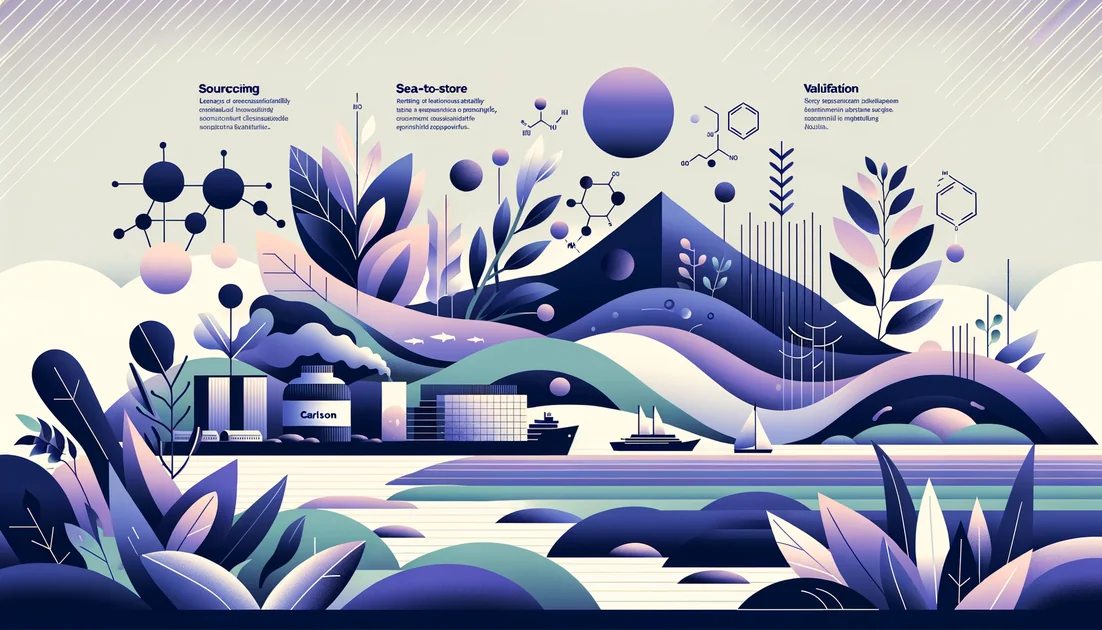
Carlson (J.R. Carlson Laboratories, Inc.)
Carlson: Sea-to-Store Omega-3 Specialist—Elite Third-Party Testing, Solid Value, and a Transparency Gap
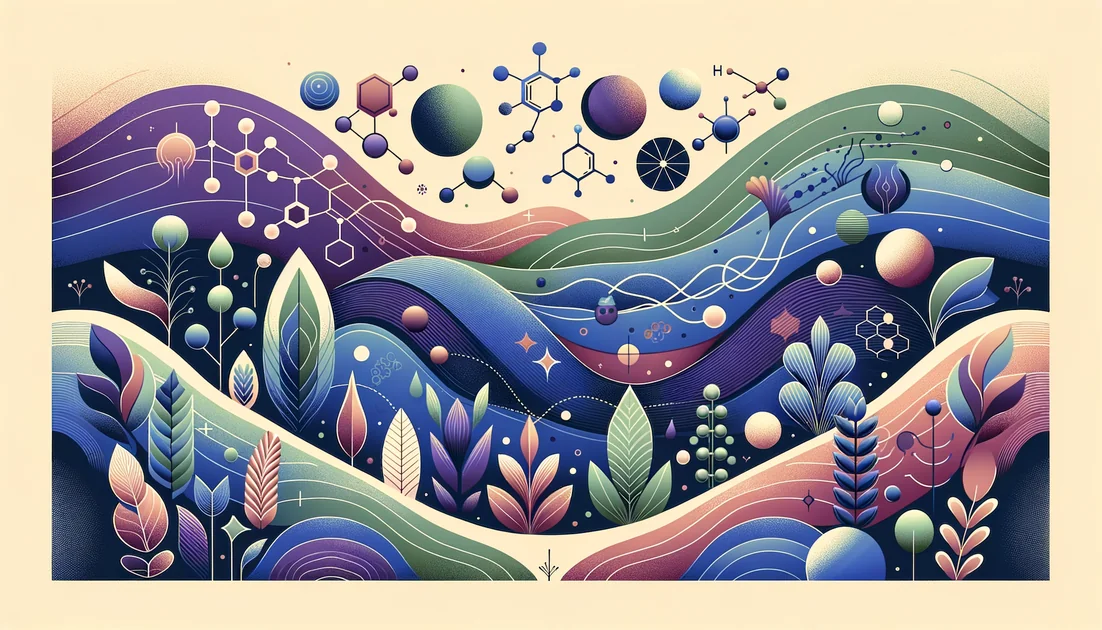
Collagen Peptides (Hydrolyzed) vs Bone Broth (Traditional/Commercial)
For targeted, measurable support (especially joints) choose collagen peptides. Pick bone broth for a warm, savory, light-protein drink—just don't count on it for clinically studied collagen doses. [1][2][3]
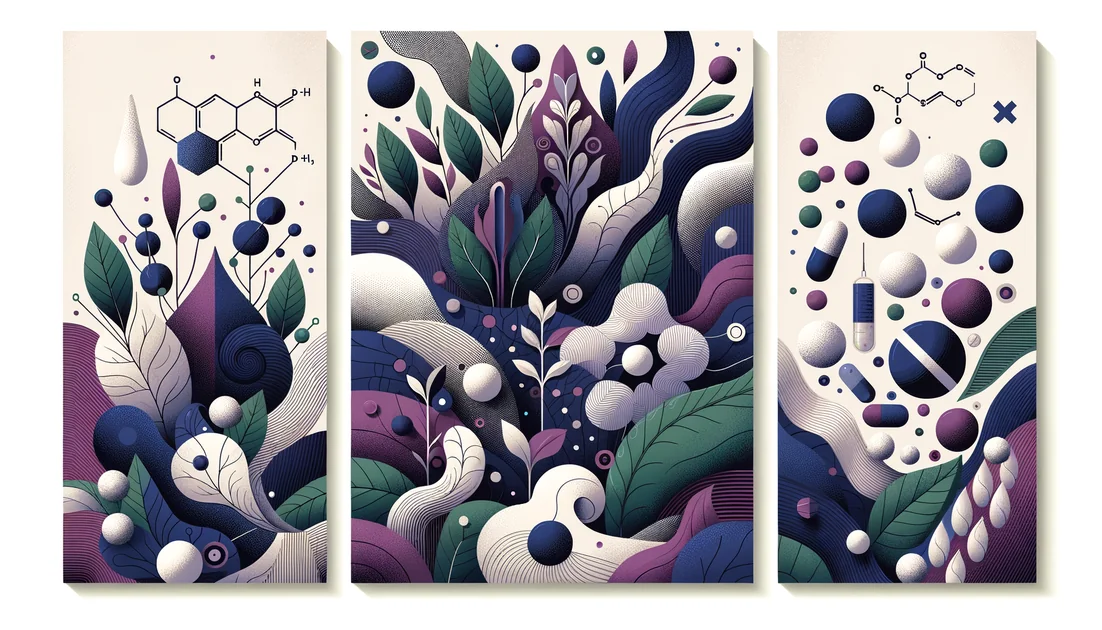
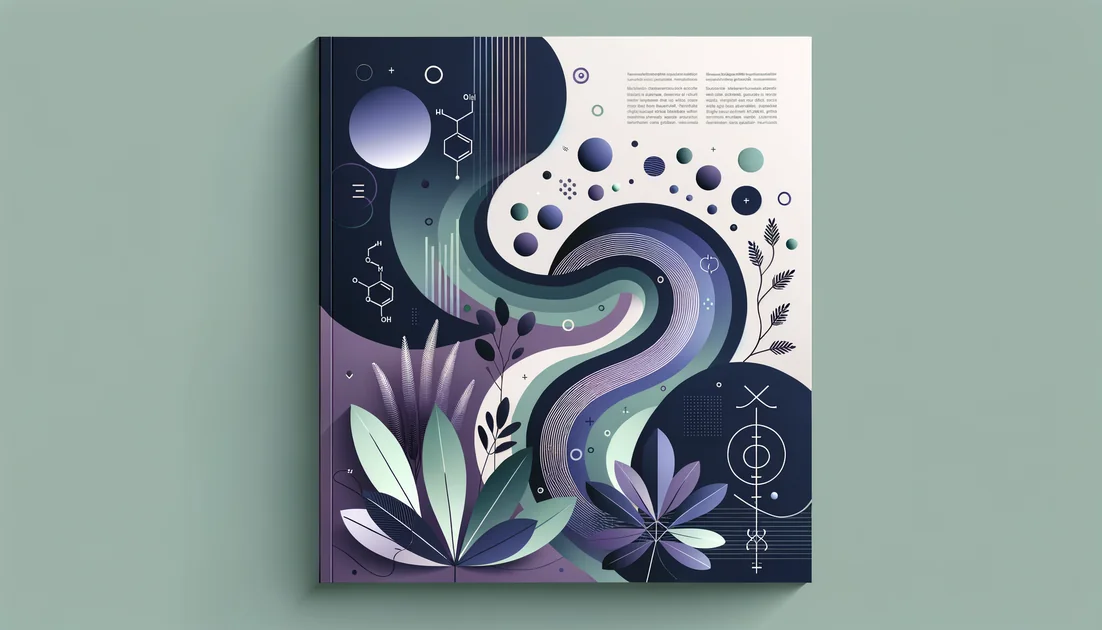
Licorice Root (Glycyrrhiza spp.)
You're in the pre-op bay, moments from anesthesia, when the nurse hands you a small lozenge that tastes faintly of licorice. It isn't for nerves—it's to calm the throat you'll wake up with. In trials, licorice gargles or lozenges given before intubation have cut postoperative sore throat roughly in half. [3]

Protected Brain Fuel: Prevent The Damage
Protective + dual-pathway combo with promising but not definitive synergy; best for lowering inflammation/oxidative stress markers, not proven to outperform omega-3 alone on hard outcomes.

Tocotrienols
The stealthier cousins of vitamin E—built with springy tails that move differently in cell membranes and behave differently in your body.
